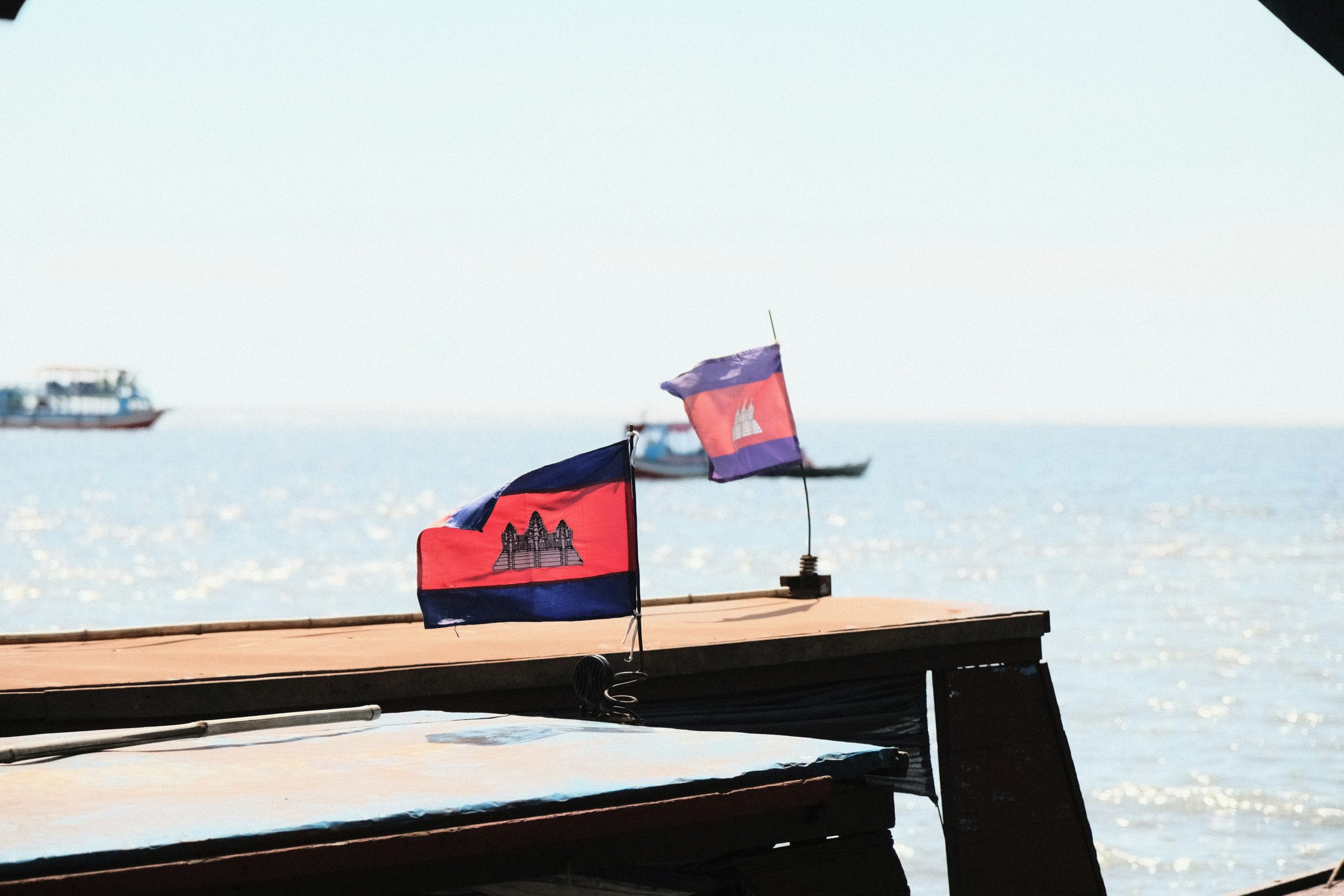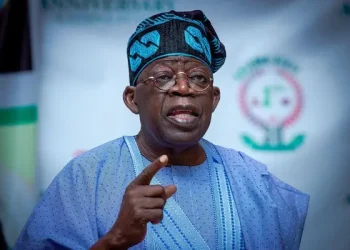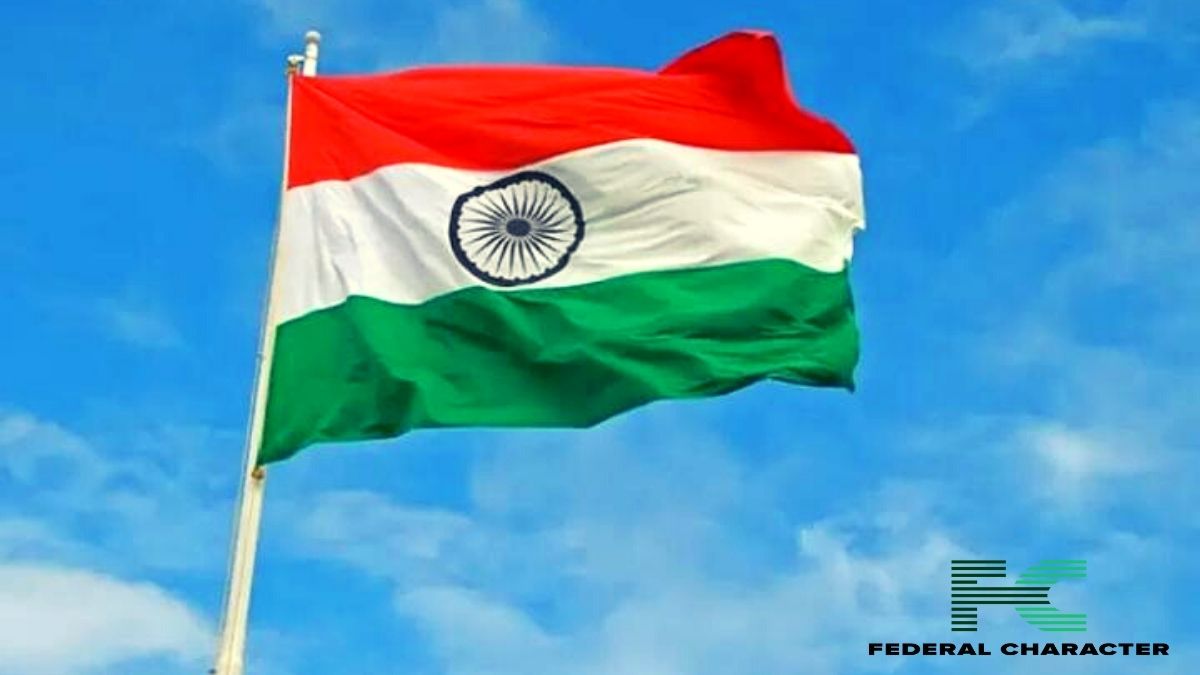A ceasefire between Thailand and Cambodia has officially taken effect, ending five days of deadly conflict that killed at least 38 people, most of them civilians. The Thailand-Cambodia ceasefire comes after urgent international mediation efforts, especially by the United States, Malaysia, and China.
Truce Takes Effect After Intense Battle
The ceasefire began at midnight Monday, following high-level peace talks hosted in Putrajaya, Malaysia. The agreement marks the end of the most intense fighting seen between the two Southeast Asian neighbours in over a decade.
More than 300,000 people were forced to flee their homes during the border violence, which began on July 24 and quickly escalated from small arms fire to heavy artillery and even airstrikes.
International Pressure Helped Push the Deal
Malaysia’s Prime Minister Anwar Ibrahim hosted the peace talks and confirmed the agreement in a joint press conference with both leaders. “This is a vital first step towards restoring peace and security,” Anwar said.
Former U.S. President Donald Trump also played a key role by calling both leaders and warning that trade talks with the U.S. would not continue if the fighting persisted. Trump later posted, “By ending this war, we have saved thousands of lives… I am proud to be the President of PEACE!”
Trump’s Role Praised by Both Sides
Thailand’s acting Prime Minister Phumtham Wechayacha personally thanked Trump for his intervention, saying the U.S. helped bring the crisis to a peaceful close. “I thanked him from my heart for helping our country move beyond this crisis,” he said.
Cambodian Prime Minister Hun Manet also acknowledged Trump’s role and praised China’s support, calling the mediation “decisive.”
Trade Talks to Resume After Ceasefire
With the fighting stopped, both countries are expected to return to the negotiating table over key trade agreements. The United States had previously warned that both Thailand and Cambodia faced a 36% tariff on their exports to the U.S. if the violence continued.
Trump’s trade team has now been instructed to restart talks, which had been paused during the crisis.
Background: What Caused the Thailand-Cambodia Conflict?
Tensions between the two countries have been simmering for years due to unresolved border disputes. The latest round of violence began after a Cambodian soldier was reportedly killed in late May, sparking a troop buildup on both sides.
The situation worsened after Thailand accused Cambodia of planting landmines, one of which left a Thai soldier seriously injured. Cambodia strongly denied the claim, accusing Thailand of unprovoked military aggression.
What Happens Next
Both sides have agreed to set up a direct communication channel and to create a monitoring mechanism to ensure the ceasefire holds.
Observers are cautiously optimistic, but many fear the situation could flare up again without long-term solutions. Still, the Thailand-Cambodia ceasefire is a welcome relief for civilians caught in the crossfire.
Bottom Line
The Thailand-Cambodia ceasefire may have brought a temporary halt to hostilities, but deep-rooted issues remain. With international pressure and economic consequences at play, both countries are under pressure to maintain peace.


















